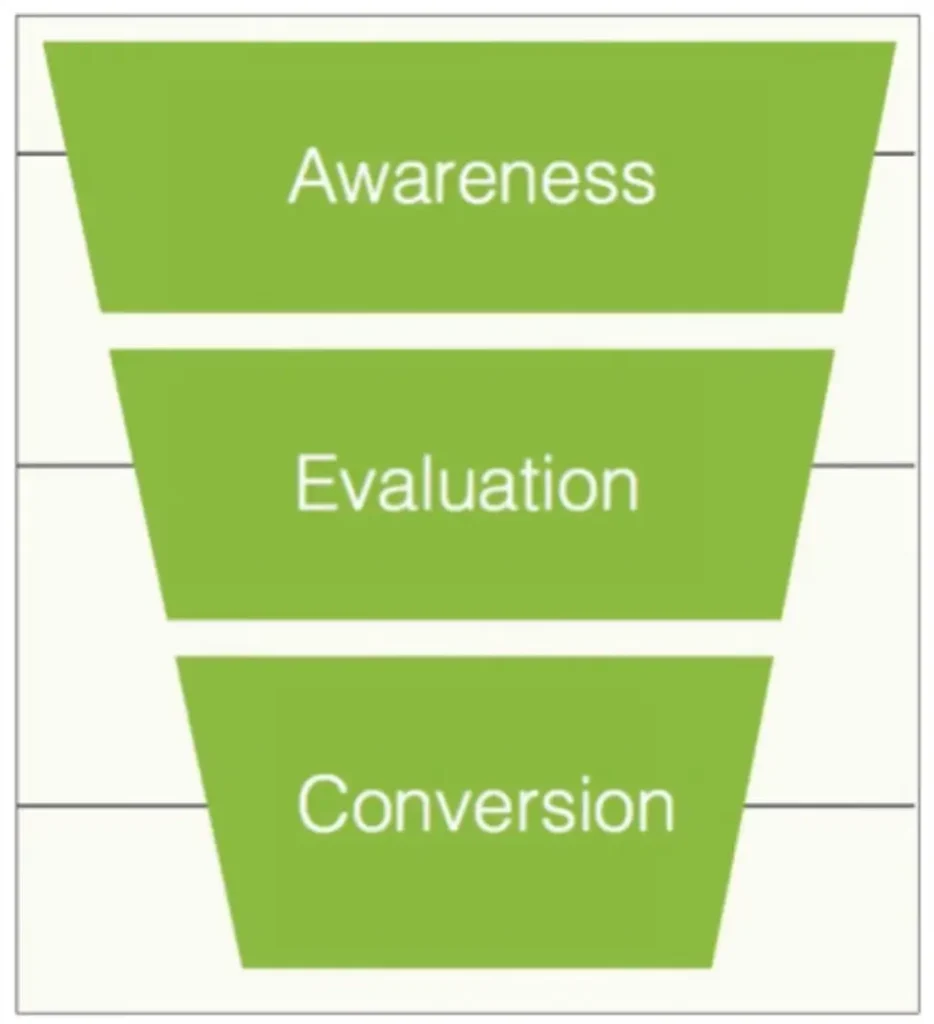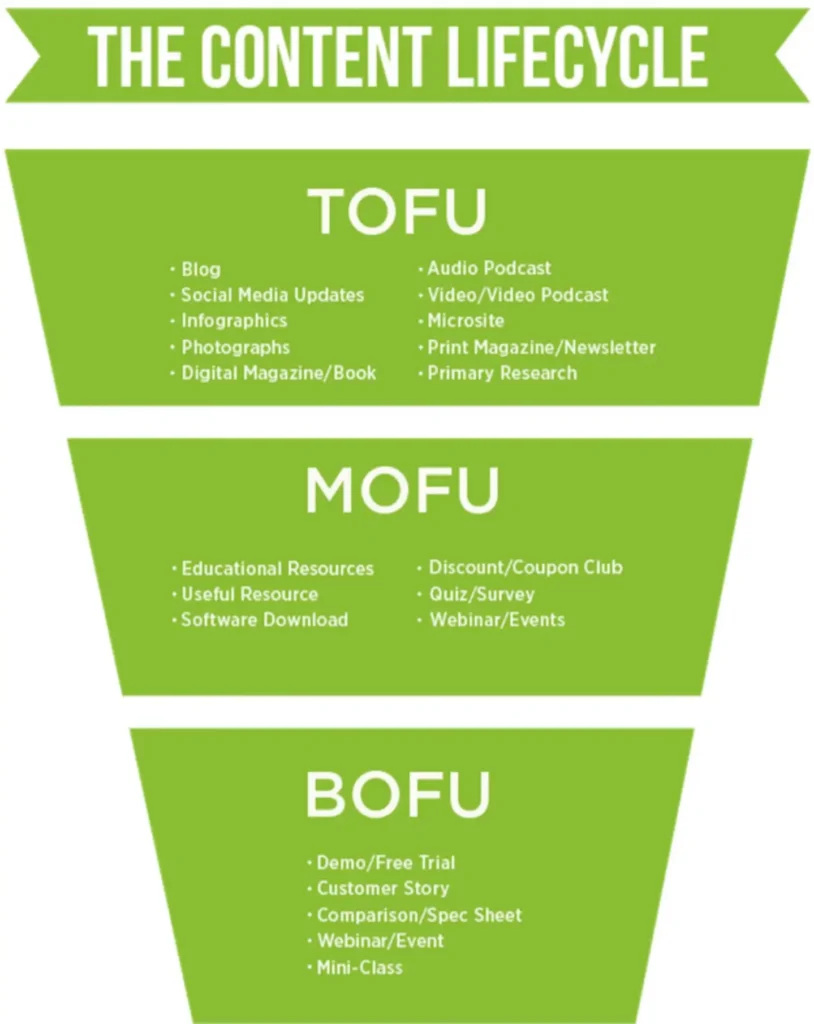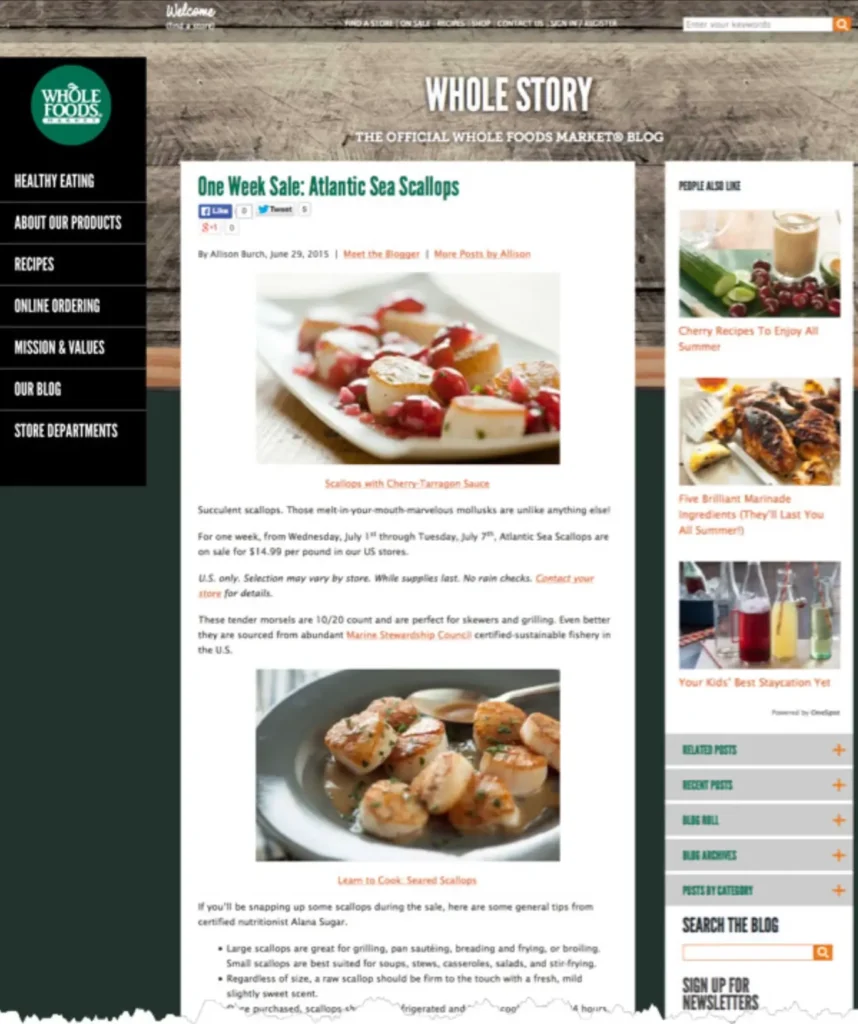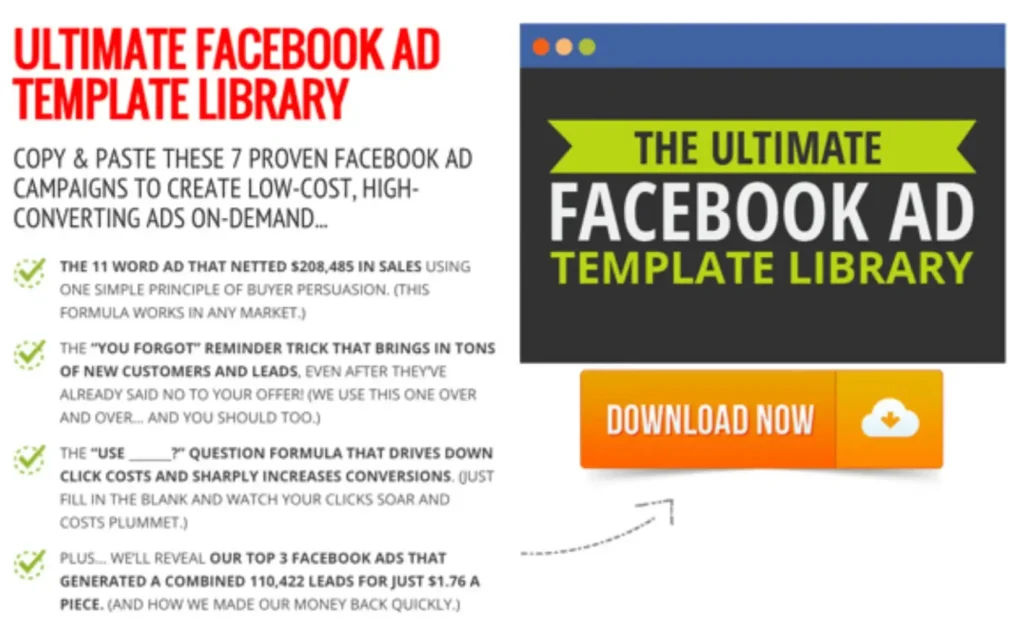Perfect content isn’t about you, your brand, or your objectives. It’s about delivering the right information to your prospects at exactly the right point in the customer journey.
Content Marketing is a Full Funnel. For an ice-cold prospect to become a customer, they will need to travel through three stages

Awareness
Awareness – The prospect must first become aware that there is a problem and that YOU or your organization have a solution for it. (This is where your blog excels.)
Evaluation
Evaluation – Those who move through the Awareness Stage must now evaluate the various choices available to them, including your competitor’s solutions and, of course, taking no action at all to solve the problem.
Conversion
Conversion – Those that move through the Evaluation Stage are now at the moment of truth—purchase.
A cold prospect cannot evaluate your solution until they are first aware of the problem and your solution. And conversion is impossible until the prospect has first evaluated the possible courses of action.
To move a prospect through a marketing funnel, you need to give them content specifically designed to satisfy their needs at each of the three stages.
In other words…
- They need content at the top of the funnel (TOFU) that facilitates awareness.
- They need content in the middle of the funnel (MOFU) that facilitates evaluation.
- They need content at the bottom of the funnel (BOFU) that facilitates conversion.
It looks like this…

Top of the Funnel (Tofu) Content Marketing
The prospects entering the top of your funnel are completely unaware of your solution and, often, completely unaware of their problem. As a result, you need content with a low barrier to entry—because at this stage, they have little to no motivation to put skin in the game (such as giving your contact information or money).
Most businesses will post content to a blog and to social media channels like Facebook, Twitter, LinkedIn, Pinterest, etc. Once you’ve mastered these two content types, you’ll want to add more top-of-funnel content to the mix, like a podcast or a print newsletter.
Remember, the big goal at the top of the funnel is to make prospects “problem aware” and “solution aware.” Notice how Whole Foods, using their Whole Story blog, raises awareness for a sea scallops offer while providing valuable content (recipes and cooking instructions):

Unfortunately, the top of the funnel is where most organizations begin and end their content marketing efforts.
Middle of the Funnel (MOFU) Content Marketing
The big goal in the middle of the funnel is to convert “problem aware” and “solution aware” prospects into leads. Here, we use free content to incentivize prospects to submit their contact information and opt in to receive future marketing. We call this type of content a Lead Magnet. Lead magnets are free content that incentivize prospects to opt into your list, becoming leads.

When visitors click on the “Download Now” button, they’re prompted to enter their email address to receive the piece of content. This piece of content (a white paper) from Cloud Margin generates “solution aware” leads…
Bottom of the Funnel (BOFU) Content Marketing
OK, it’s point of sale time. What types of content will your new lead need to make an informed purchase decision?
Here are a few…
- Demos/Free Trials
- Customer Stories
- Comparison/Spec Sheets
- Webinars/Events
- Mini-Classes
Your lead may be reading your blog and downloading lead magnets (and it will help convert them), but you’ll need content that helps them decide between you and your competitor to move them through to purchase. BOFU content answers last-minute questions and gives prospects a reason to buy.
References:
Digital Marketer. (n.d.). The Ultimate Guide to Digital Marketing. Course Hero. Retrieved January 25, 2022, from https://www.coursehero.com/file/94978188/Ultimate-Guide-to-Digital-Marketingpdf/

